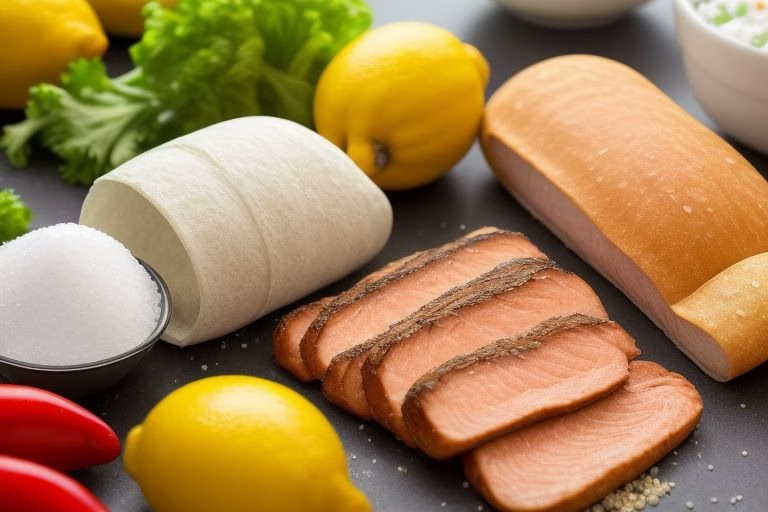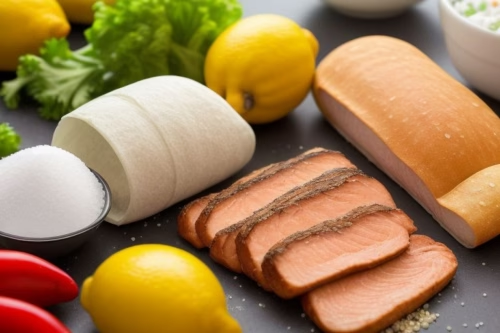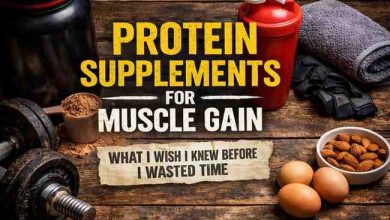
Are you keeping track of your daily sodium intake? Men often overlook this tiny yet crucial detail in their diets, leading to serious health issues like high blood pressure and heart problems. Don’t worry! We’ve got you covered with these proven tips to help you maintain a healthy sodium level every day.

Why Is Sodium Intake Important for Men?
Sodium is essential for muscle function and nerve health, but too much of a good thing can be harmful. The recommended daily sodium intake for men is around 2,300 mg, equivalent to one teaspoon of salt. Yet, studies show most men consume almost double that amount.
What Happens When You Exceed Your Sodium Limit?
- Increased Blood Pressure: Excess sodium can lead to hypertension.
- Risk of Heart Disease: Sodium contributes to water retention, straining your heart.
- Kidney Problems: High sodium intake makes your kidneys work overtime.
It’s time to take charge! Let’s explore how you can cut down on sodium without sacrificing flavor.
1. Know Your Sodium Sources
Most sodium doesn’t come from the salt shaker—it’s hidden in processed foods. Packaged snacks, deli meats, and canned soups are often sodium-packed surprises.
- Check food labels: Look for “low-sodium” or “no added salt” options.
- Be cautious with condiments: Ketchup, soy sauce, and salad dressings can sneak in a lot of sodium.
👉 Pro Tip: Use herbs like garlic, lemon, or chili to flavor your dishes naturally.
2. Cook at Home More Often
Cooking at home lets you control your sodium intake. Restaurants and takeout meals are often loaded with salt to enhance flavor.
Easy Steps to Reduce Sodium at Home:
- Avoid table salt—opt for alternatives like potassium chloride salt substitutes.
- Experiment with spices like turmeric, cumin, or paprika for an exciting twist.
- Use fresh ingredients instead of canned or frozen ones.
3. Hydrate, Hydrate, Hydrate
Drinking water helps your body balance sodium levels. Men should aim for at least 3.7 liters of water daily to flush out excess sodium.
4. Choose Smart Snacks
Swap salty snacks with healthier options:
- Instead of chips, go for unsalted nuts or air-popped popcorn.
- Love dips? Make a fresh salsa or guacamole with minimal salt.
5. Watch Out for “Healthy” Foods
Surprisingly, some “healthy” foods like whole-grain bread and cottage cheese can pack more sodium than expected. Always read the nutritional labels carefully!
6. Eat More Potassium-Rich Foods
Potassium helps counteract the effects of sodium by relaxing blood vessels. Include foods like:
- Bananas
- Sweet potatoes
- Spinach
- Avocados
7. Meal Prep for the Win
Planning your meals helps you stick to your sodium goals. Prep balanced meals for the week, including plenty of fruits, veggies, and lean protein.
Sample Low-Sodium Meal Plan:
- Breakfast: Greek yogurt with fresh berries and nuts.
- Lunch: Grilled chicken salad with a lemon vinaigrette.
- Dinner: Baked salmon with steamed broccoli and quinoa.
8. Get Creative with Seasonings
Say goodbye to boring meals! Spice things up with sodium-free seasonings.
- Try this blend: Paprika, onion powder, garlic powder, black pepper, and oregano.
- Use citrus zest for an instant flavor boost.
Trending FAQs About Daily Sodium Intake for Men
1. How much sodium is too much for men?
Exceeding 2,300 mg per day regularly can lead to health risks. If you have hypertension, aim for less than 1,500 mg daily.
2. Is sea salt better than table salt?
Not necessarily. Both contain similar amounts of sodium, so moderation is key.
3. Can exercise help offset high sodium intake?
Yes, physical activity can help balance sodium levels, but it doesn’t completely negate excessive intake.
Conclusion: Take Charge of Your Sodium Intake Today!
Managing your daily sodium intake is simpler than you think. By making small, consistent changes to your diet—like reading labels, cooking at home, and opting for fresh ingredients—you’ll be on the path to better health in no time.
Start your journey today by making just one change from the tips above. Your heart (and taste buds) will thank you!



